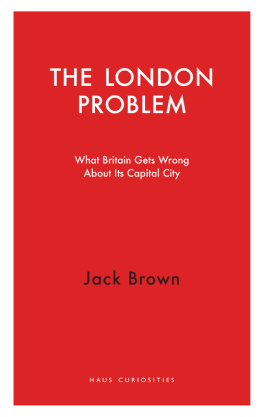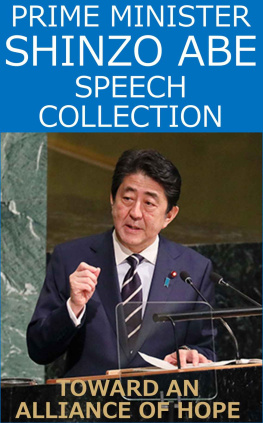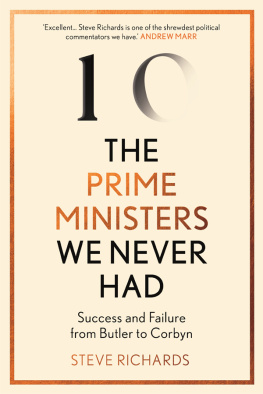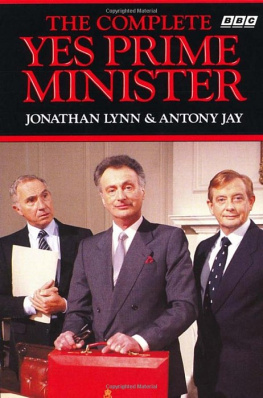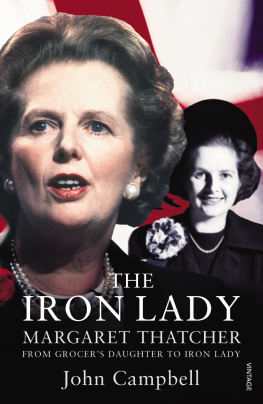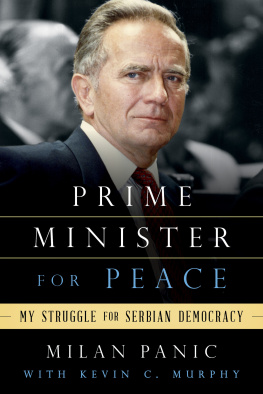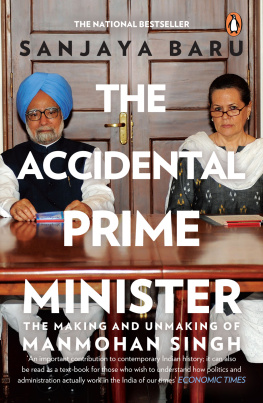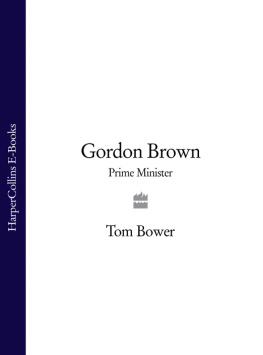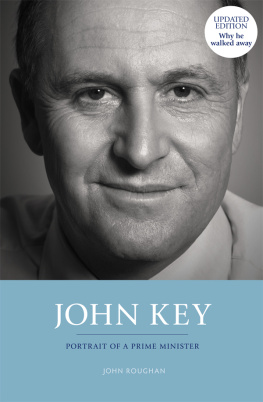Contents
Pagebreaks of the print version


First published in 2019 by
HAUS PUBLISHING LTD
4 Cinnamon Row
London SW11 3TW
www.hauspublishing.com
Copyright 2019 Jack Brown
The moral rights of the author have been asserted
A CIP catalogue record for this book is available from the British Library
ISBN: 978-1-912208-01-2
eISBN: 978-1-912208-77-7
Typeset in Garamond by MacGuru Ltd
Printed and bound in Great Britain by Clays Ltd
All rights reserved.
Acknowledgements
T his book is the result of the Researcher in Residence initiative at No. 10 Downing Street, itself the product of a unique collaboration between No. 10; the Strand Group, the Policy Institute, and the Widening Participation Department at Kings College London; university access charity The Brilliant Club; and Hewlett Packard Enterprise. Without the involvement of these organisations, and the stewardship of Jon Davis of the Strand Group, there would be no Researcher in Residence role and there would be no book.
The book owes a great deal to the mentoring and encouragement of Jon and the whole Strand Group team. It was Peter Hennessy (Lord Hennessy of Nympsfield) who first generously observed that this project sounded like more of a book than an article. That escalated quickly.
Assistance from within No. 10, the Cabinet Office, the National Archives, Churchill Archives Centre, Cambridge, and the Royal Institute of British Architects (RI BA) archives has been widespread and immensely helpful, but particular mentions are warranted for Helen Alderton, Simon Case, Mark Dunton, David Heaton, Jeremy Heywood (Lord Heywood of Whitehall), Peter Hill, Helen Lederer, Hannah Meyer, Andrew Riley, Roger Smethurst and Ed Whiting. I am also immensely grateful to those interviewees who spared me their time and shared their experiences and insights, not to mention making the whole process of researching this book a thousand times more enjoyable.
). It is reproduced with the kind permission of the publisher.
This book also benefits hugely from material provided by Research Assistant Jan Gken, whose work was invaluable. Any errors in interpreting this research, however, are entirely the fault of the author and not the researcher.
I am of course most grateful to my extended and loving family, and particularly to Jo. Thank you for your love, and your patience.
The trouble with history is that theres no future in it.
Ken Clark to the author, circa 2014. Hes still right.
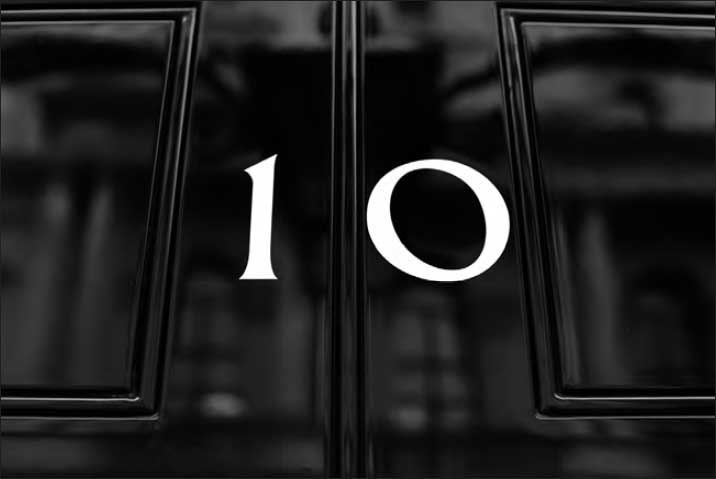
Introduction
You shouldnt underestimate the influence of geography. The fact that these ancient houses are used for the head of government reflects in many ways how the government runs.
Andrew Turnbull
Proximity is power.
Robert Armstrong
Speaking in 1943 on the rebuilding of the Houses of Parliament, Winston Churchill observed that We shape our buildings and afterwards our buildings shape us.
Churchill also noted that a small chamber meant that quick, informal interruptions and interchanges were possible even when the chamber was half full, brought about by catching the eye of the Speaker of the House when rising or half-rising to speak. In addition,
The chamber in the House of Commons is deliberately oppositional in its architecture, and its size and layout directly affect how business is conducted. Similarly, the size and layout of No. 10 directly limits the small number of staff that work in the Prime Ministers Office. Its confines dictate which few advisers have easy, direct and frequent access to the Prime Minister, and therefore who has influence over him or her. It provides the curious blend of the formal and informal, of work and leisure (as both home and office), that is central to being Prime Minister. Its relatively humble stature sends a message to the nation that the Prime Minister is neither regal nor presidential, but merely primus inter pares (first among equals) in the British system. Successive Prime Ministers have altered it, but it has also altered them.
This book
This book is not just the history of a building. It tells the story of how No. 10 and its occupants interacted in the postwar years, during the premierships of ten different Prime Ministers from 1945 to 1997. It centres on the reconstruction of No. 10 between 1960 and 1963, led by the architect Raymond Erith and taking place during Harold Macmillans premiership. The study of this process reveals a great deal about the building and the job it houses. It reflects the fusion of informality, adaptability and strict small-c conservatism at the heart of Britains unwritten constitution. It tells us a great deal about how we as a nation have shaped the office of Prime Minister, and how No. 10 itself has influenced the evolution of the role.
The phrase geography of power is used to describe how the buildings that house the most powerful jobs in the country shape the conduct of these roles, and how their occupants in turn shape them. The phrase itself was borrowed from Peter Hennessys The Prime Minister, where it was used to refer to George Downing, the eponymous builder of the street that would go on to become one of the most famous in the world. The phrase may well have been used elsewhere, However, this is primarily a work of contemporary history, focusing on No. 10 during the premierships of ten postwar Prime Ministers, from Clement Attlee to John Major. To borrow a phrase from an influential contemporary historian for its title seems appropriate.
The book begins with a history of the building itself. its role as a place for hosting visitors and projecting power. The final chapter provides a history of No. 10 under attack, demonstrating the buildings resilience and adaptability throughout its long history, before some concluding thoughts.
The extent to which buildings shape the actions of individual political actors does of course have limits. Observing the manner in which journalists have covered the deteriorating physical state of the Palace of Westminster in recent years, the comedian David Mitchell noted the tedious satisfaction that many commentators appeared to derive from overusing the leaden analogy of the crumbling, outdated building for the functions (and the politicians) that it houses. Studying the influence of No. 10 on successive Prime Ministers has involved a careful tightrope walk between providing real human insight into the conduct of arguably the most powerful job in the country, and tedious, overreaching metaphors and conclusions.
I hope that this book does not too often lose its balance. It is intended to blend some degree of insight into the inner workings of No. 10 with a wider interest in one of the most famous and influential buildings in British history. It is the result of a year and a half as Researcher in Residence at No. 10, an initiative designed with the intention of making No. 10s history more widely accessible. I sincerely hope that it will not be the last such book produced by a Researcher in Residence.
A note on sources


